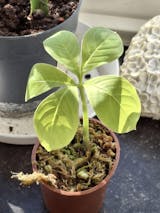5.0 / 5.0
(3) 3 total reviews
Amorphophallus paeoniifolius | Knölkalla
Amorphophallus paeoniifolius | Knölkalla
Couldn't load pickup availability
We clean up after ourselves.
Ecommerce deliveries have a carbon footprint. That's why we support verified projects that remove carbon from the air.



Every delivery’s carbon footprint is calculated based on weight, shipping method, and distance traveled. We neutralize these emissions by purchasing verified carbon removal credits from groundbreaking projects.



With your purchase, you’ll join a community of proactive merchants and customers dedicated to a sustainable future. Together, we've removed emissions for over 66 million deliveries and removed over 47 thousand tonnes of carbon.

We work with a network of pioneering carbon removal companies that have been vetted by the commerce platform Shopify.

Amorphophallus paeoniifolius is grown for its edible tubers.
Tubers from Amorphophallus paeoniifolius used as food in large parts of the Old World tropics. The plant blooms annually with a large smelly, purple-red flower. The smell attracts insects that think it is meat while they pollinate the tuber calla.
Caring for Amorphophallus paeoniifolius
Plant Amorphophallus paeoniifolius in well-drained soil with perlite and bark. Knölkalla thrives best in indirect light and loves warmth. Let the soil dry out between waterings, and regular room temperature works great, just avoid drafts!
Origin
Amorphophallus paeoniifolius, which belongs to the cold plant family and comes from tropical and subtropical Asia to northern Australia.

Appearance
Amorphophallus paeoniifolius looks like a tree with a trunk and branches but the whole plant is a single leaf. Amorphophallus has a camouflaged 'stem' to protect its large leaf as it is not really a stem but a stem. If the stem is damaged by a hungry herbivore, the whole plant is endangered.
Plant manner
The tuber calla grows from its tuber , which sends up a single large leaf or flower each year. Under the right conditions, this tuber calla can become a real giant . The leaf can reach up to two meters in height and becomes an exotic ornamental tree . When Amorphophallus paeoniifolius is not in bloom, it is this enormous leaf that takes over and gives the tuber calla its unique expression.
Proliferation
To propagate tuber calla, the tubers are mainly used. During the resting period of the tuber callus, you can carefully separate daughter nodules that form around the main tuber. These tubers are planted in well-drained soil and watered sparingly until growth begins. Amorphophallus paeoniifolius grows slowly.
Flowering
During the first day of flowering, the female flowers are receptive to pollen, and the strong smell attracts insects that are trapped inside the flower during the night. This allows the pollen on the insects to be transferred to the female flowers.
On the second day, the female flowers are no longer receptive, and the male flowers begin to produce pollen. The flower opens again, allowing the insects to carry pollen to other flowers. In this way, self-pollination and inbreeding are avoided.
The female flowers develop into red berries , while the rest of the flower withers. The berries, which are bright red when ripe, are slightly oval in shape. During flowering, the flower also emits heat to mimic a fresh carcass. Yikes!
Shipping Policy
Shipping Policy
When buying live plants, transport can sometimes affect the condition of the plant. We strive to ensure that all plants arrive in good health, but minor shipping damage, such as a torn leaf or bent stem, is sometimes unavoidable. Read more about our policy here.
Share
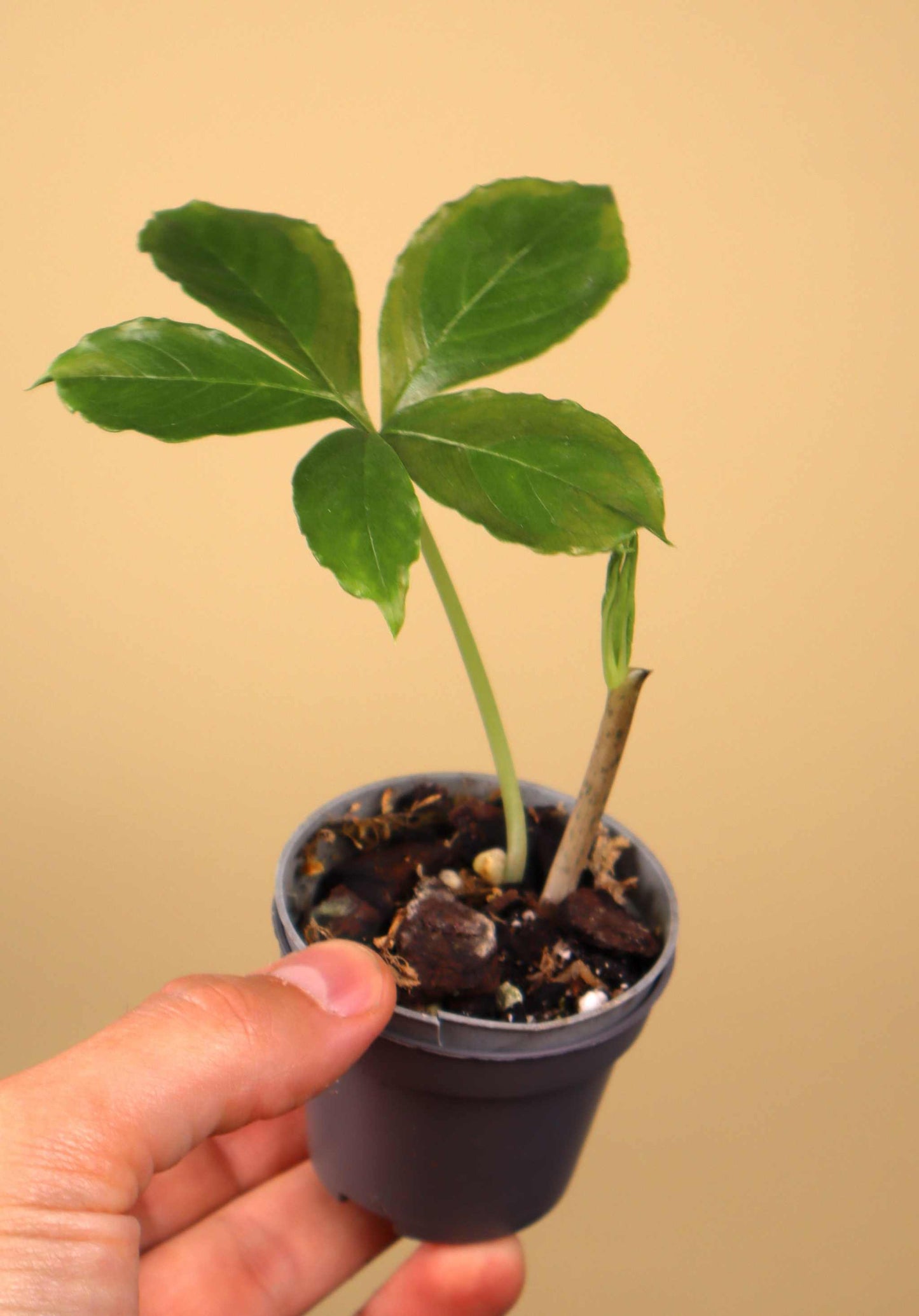
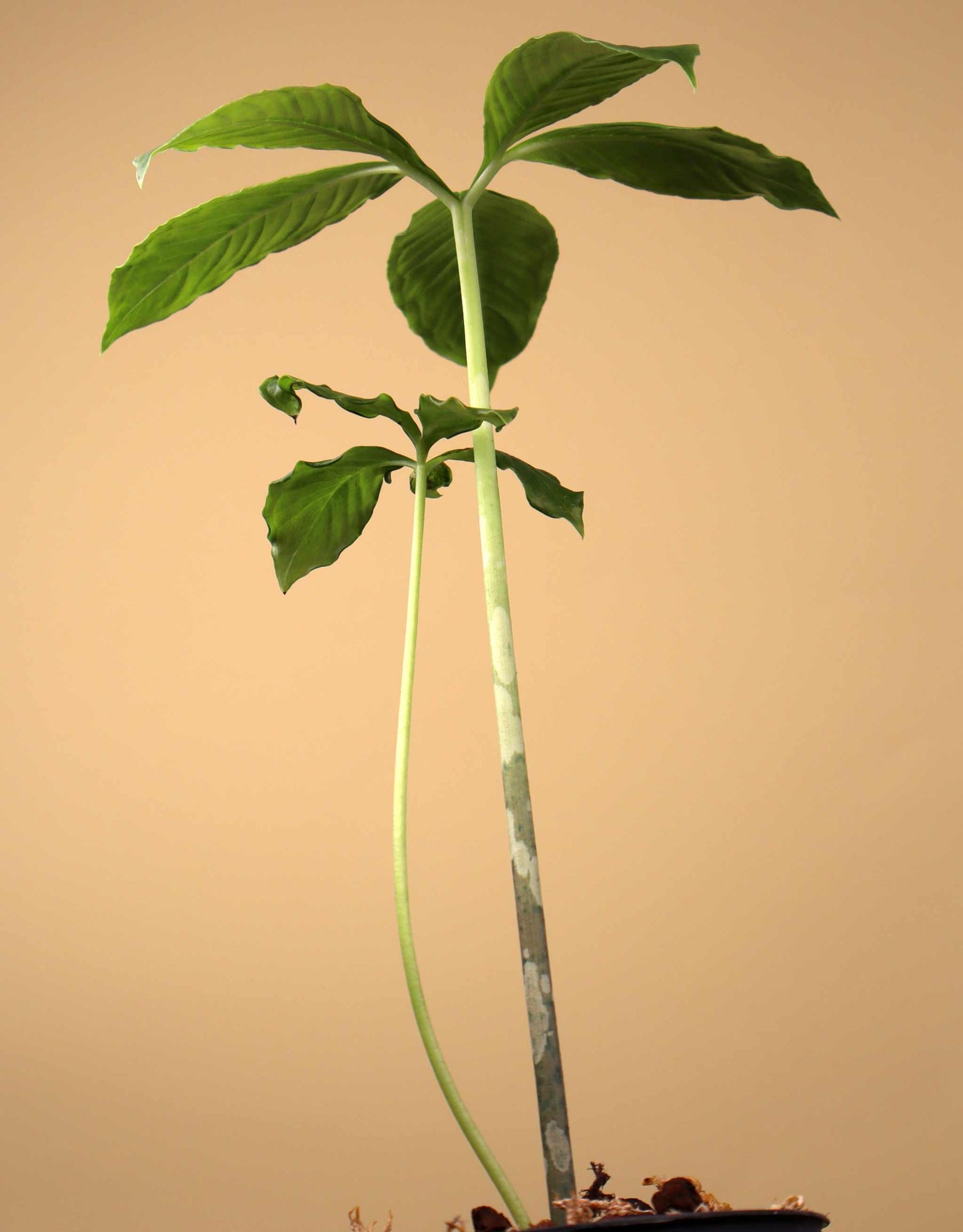
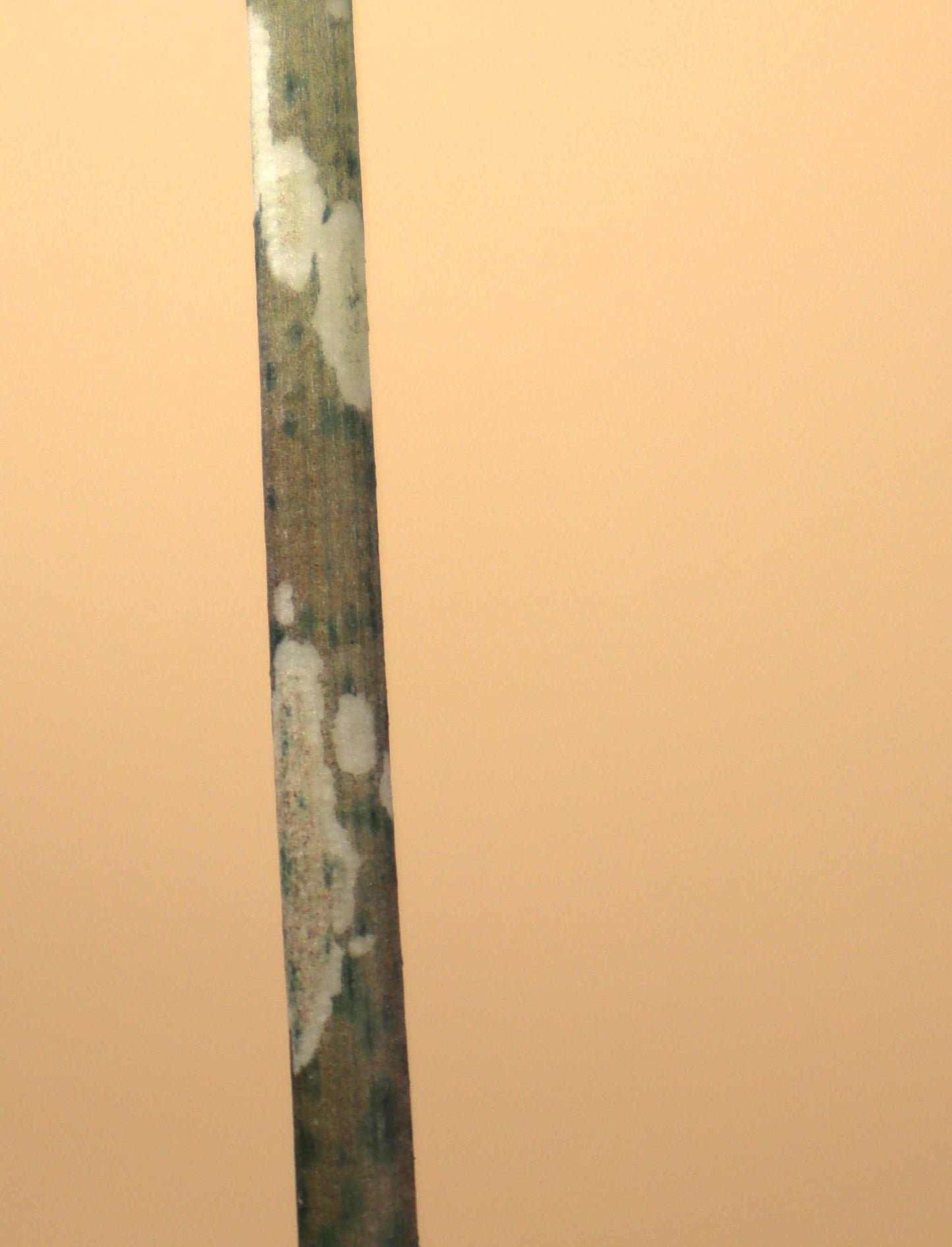
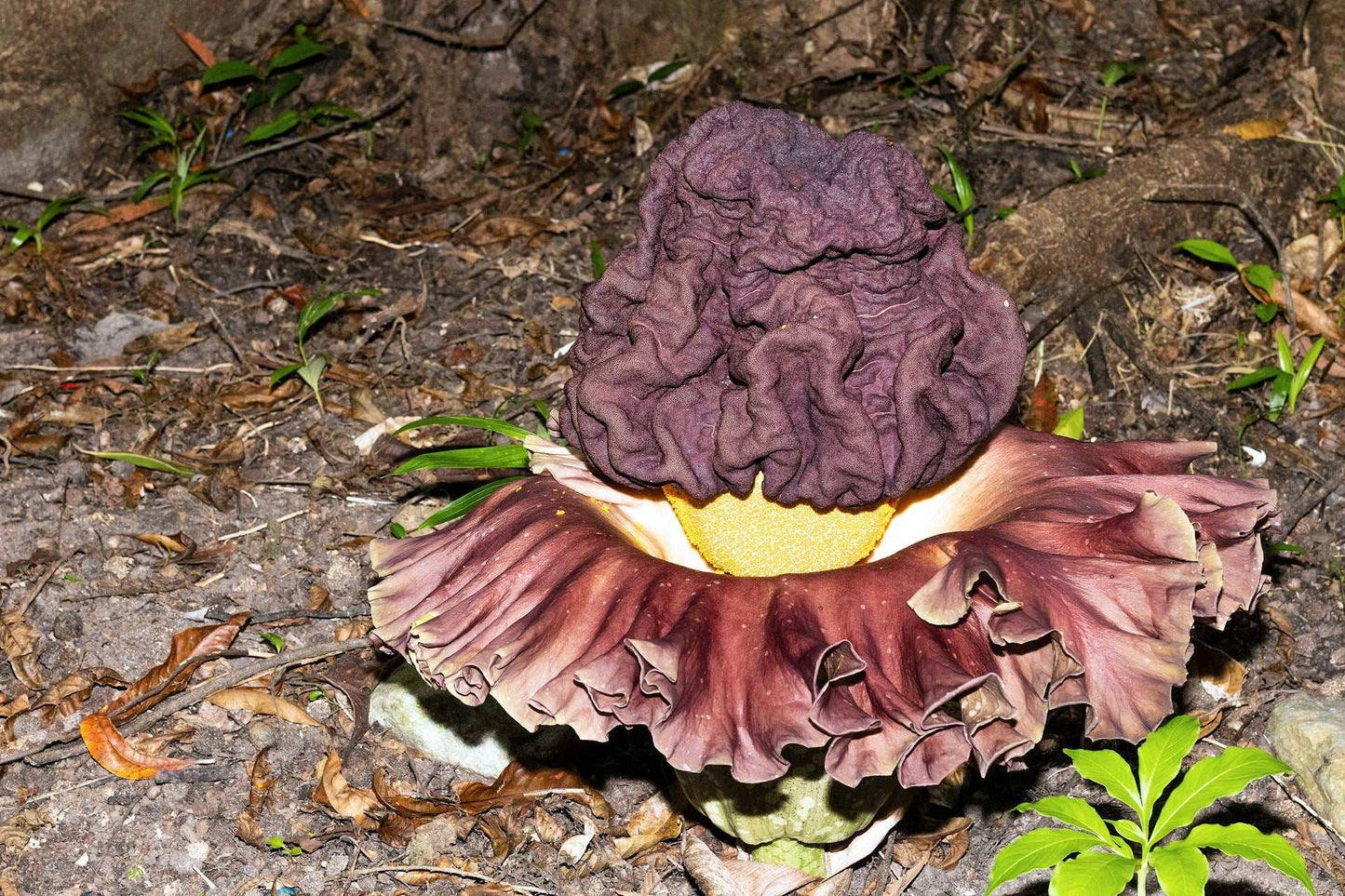
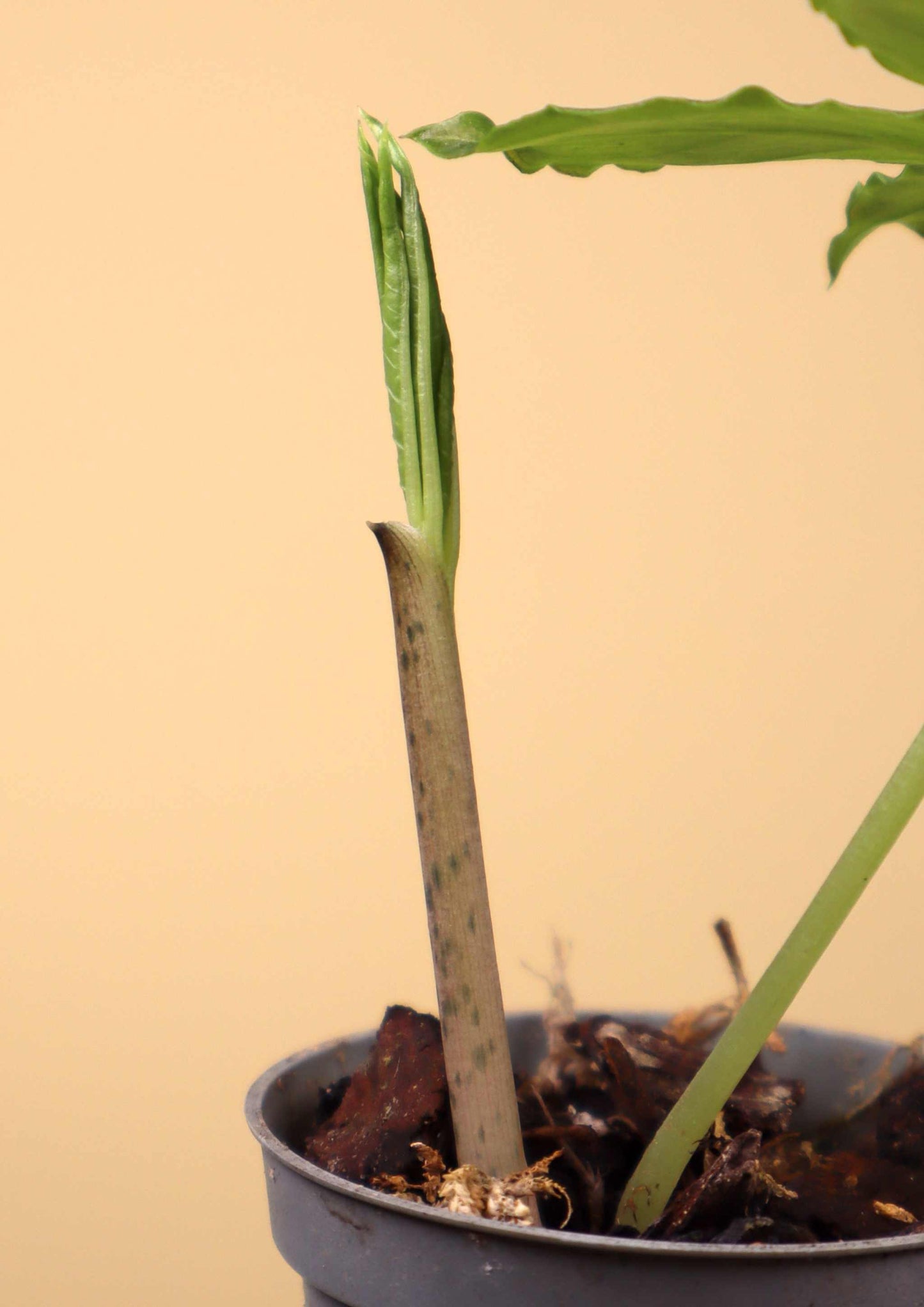
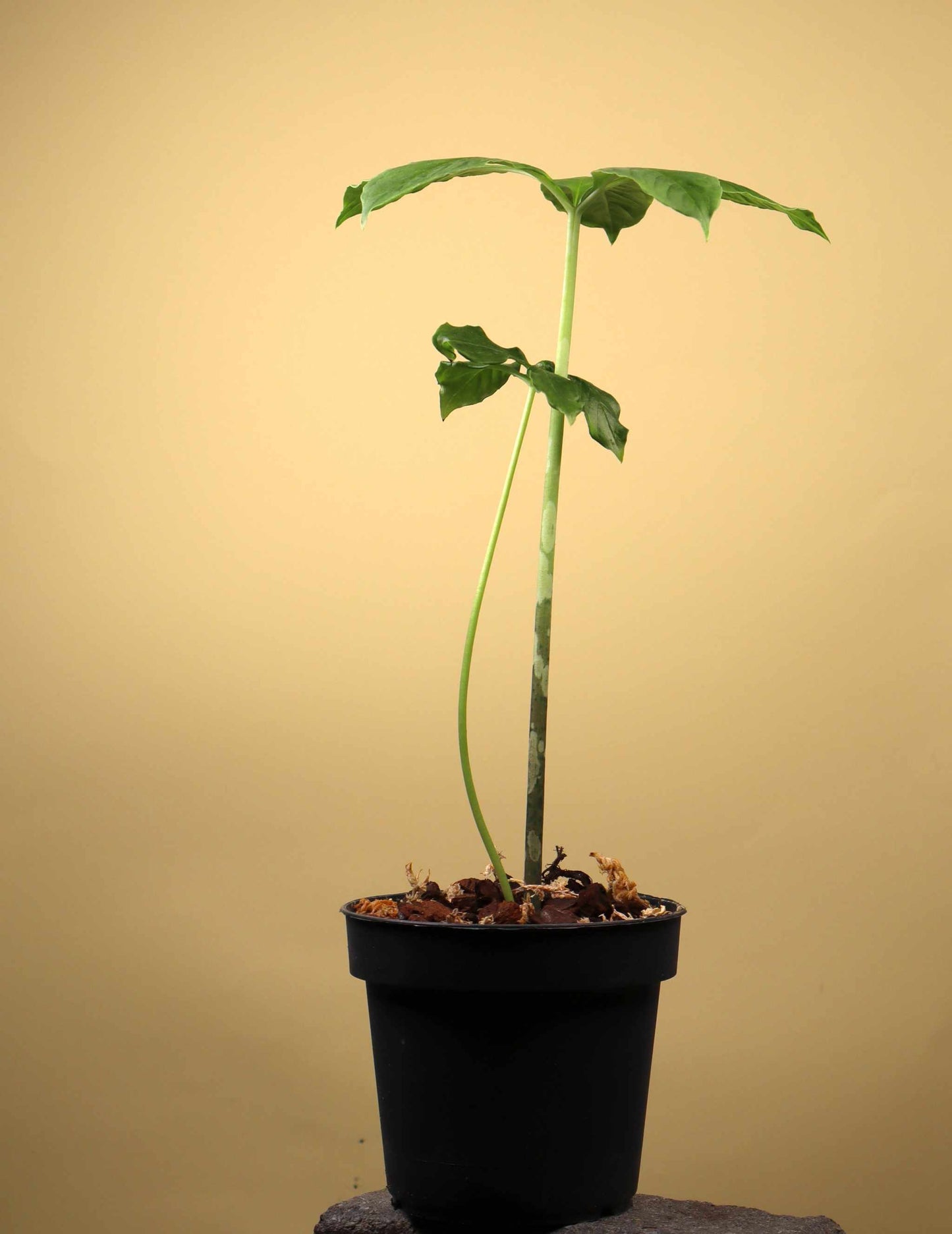
Äntligen hittade jag denna hos er. Hade en 30 år sedan som min farmor trodde var ogräs och tog bort ur krukan. Ska bli spännande att följa den.
Snabb leverans och fröet ser ut att ha ett fint skott
Reviews in Other Languages

Join the customer club
Earn points on purchases and through special actions. Spend your points on rewards including gift products & discounts
Learn more about your plants!
View all-

8 Mediterranean plants that can withstand winte...
Do you dream of stepping out into the garden and feeling like you're on a terrace in Tuscany or in a lush park in Madeira? It is actually possible to...
8 Mediterranean plants that can withstand winte...
Do you dream of stepping out into the garden and feeling like you're on a terrace in Tuscany or in a lush park in Madeira? It is actually possible to...
-
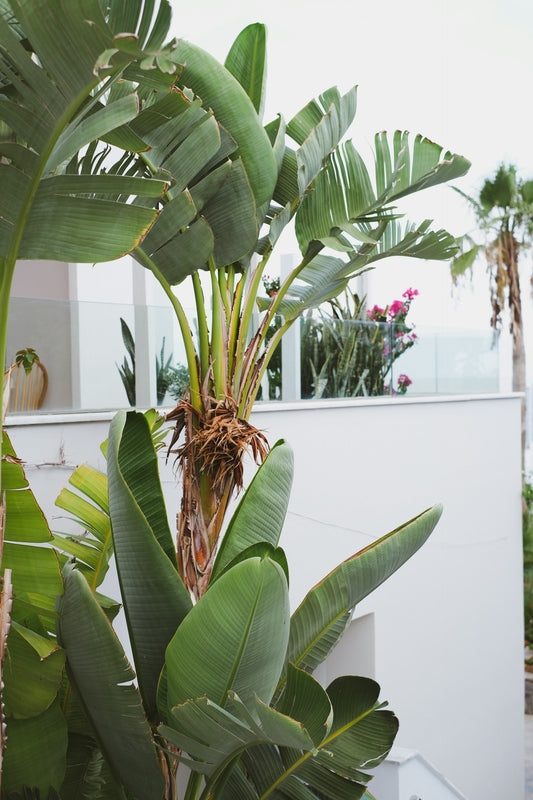
Parrot Flower - How to Grow a Large Tree Indoors
Do you also dream back to the southern European city parks filled with large green plants? The parrot flower is a common feature in gardens in warmer latitudes but is...
Parrot Flower - How to Grow a Large Tree Indoors
Do you also dream back to the southern European city parks filled with large green plants? The parrot flower is a common feature in gardens in warmer latitudes but is...
-
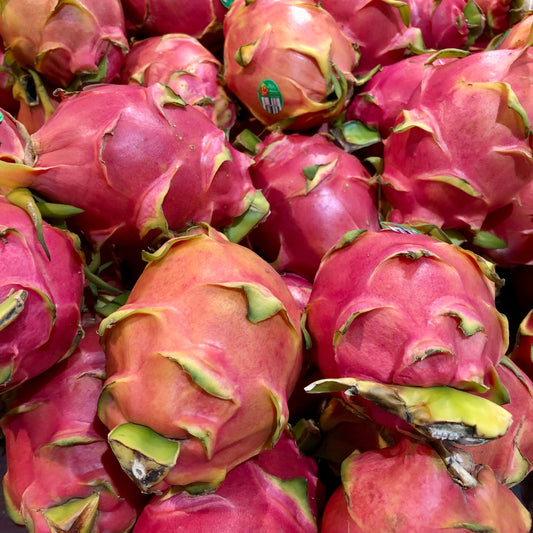
Dragon fruit care | Grow dragon fruit at home
This is how you grow dragon fruit at home in Sweden! Dragon fruit is like an exotic fruit from Asia. It almost looks more like a fantasy fruit than something...
Dragon fruit care | Grow dragon fruit at home
This is how you grow dragon fruit at home in Sweden! Dragon fruit is like an exotic fruit from Asia. It almost looks more like a fantasy fruit than something...







